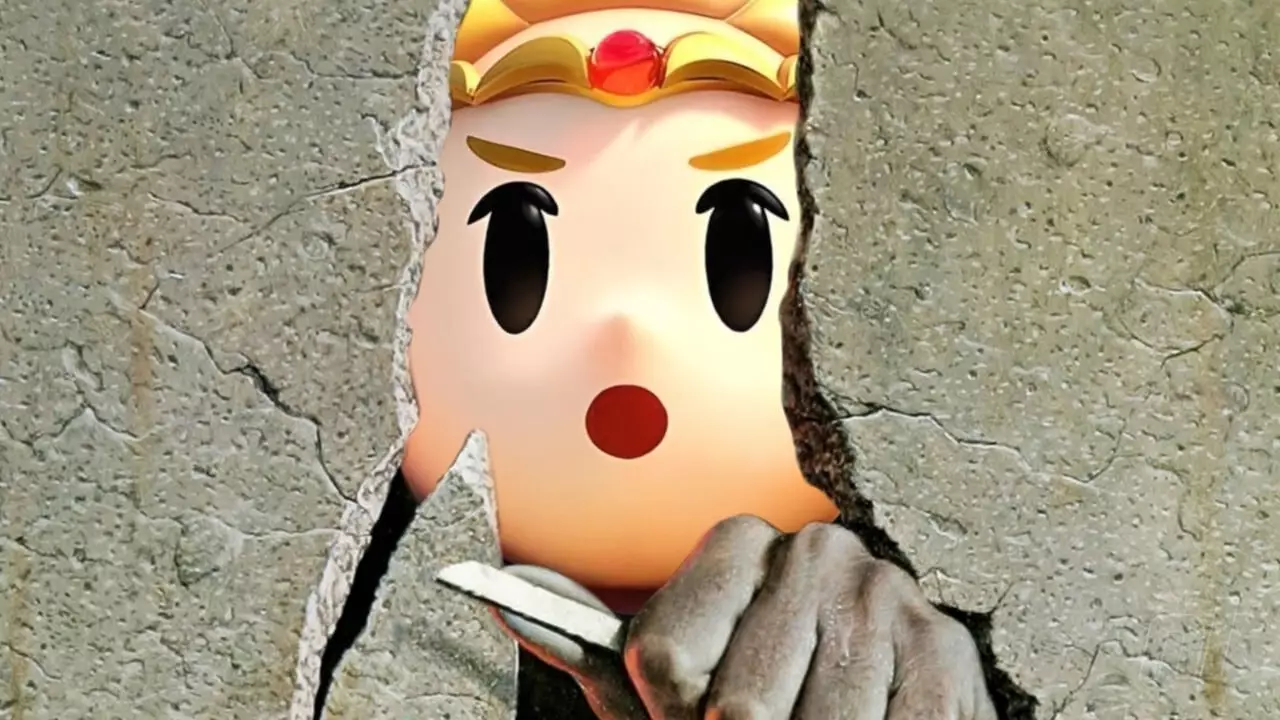The Legend of Zelda series has long enthralled players with its fantastical worlds, compelling narratives, and iconic characters. However, a peculiar aspect that often goes unnoticed in this beloved franchise is the glaring ineffectiveness of its prisons. In my initial experience with the latest installment, *Echoes of Wisdom*, I was struck by a notion that would influence my subsequent reflections: the design and implementation of incarceration within Hyrule are worryingly flawed. Analyzing various prisons from across the series reveals a recurring pattern of simplistic, laughably ineffective security measures that leave one pondering why Hyrule’s authorities have allowed such blatant oversights to persist.
Prison Design: A Call for Rethinking Security Protocols
While the world of Hyrule is rife with magic and mystery, one would expect its prisons to be fortified against the cunning of its legendary inhabitants. Yet, upon entering the dungeons of *Echoes of Wisdom*, I was met with an immediate and disconcerting realization: if such a lavishly constructed kingdom has adjusted its defenses, it has most certainly neglected one critical area—the robustness of its prisons. After witnessing Link and Zelda easily escape a cell through a gaping hole overhead, it was evident that modifying jail architecture could greatly enhance security.
If the developers aimed for an engaging yet straightforward introduction, it is understandable to prioritize gameplay dynamics over realism. However, if Hyrule wants to keep formidable foes like the Demon King at bay, then addressing glaring vulnerabilities should be paramount. How is it that a mere bench presents an obvious pathway to freedom? This is nothing short of negligence on the part of the kingdom’s design team and security personnel.
Once you look beyond the initial flaws of *Echoes of Wisdom*, you quickly find that such missteps are not unique to this title. Taking a trip back to *Twilight Princess*, another specific instance highlights the series’ failure in effective imprisonment. Here, Link finds himself in a cell where a poorly placed crate is all that stands between him and freedom. Such oversights undermine the very core of the narrative, transforming would-be intense moments into absurd scenarios that parodically reflect just how poorly prepared Hyrule’s prisons truly are.
One would assume that dedicated jailers would learn from previous mistakes, yet these oversights are endemic throughout the series. Even *A Link Between Worlds*, which sported a seemingly superior Thieves’ Hideout, displayed vulnerabilities. Sure, the barred entry was an improvement, but hiding an important switch in plain view is tantamount to inviting the prisoners to attempt an escape. If there’s one takeaway for the designers, it might as well be “put the switches where the inmates can’t reach them!”
It seems crucial for Hyrule’s kingdom to reassess their entire prison system rather than relying on magic and serendipity for securing their most notorious villains. The Gerudo of *Ocarina of Time* may exercise some competence in their containment strategies, placing Link into what could be described as a traditional high-security chamber, yet their open windows—a glaring oversight in their security strategy—reveal a serious disconnect in their protocols. Perhaps it would serve the Gerudo well to consider that even ancient prisons should abide by basic security principles, something akin to what one might find in standard police training manuals today.
One can’t help but wonder whether the longstanding reliance on a hero-in-green tunic to extricate prisoners from these disorganized dungeons leads to complacency. In light of this trend, it’s amusing yet troubling to note that a deeper reflection could foster substantial improvements, not merely within the fictional empire of Hyrule but also for the very foundation of gameplay design, ensuring challenges resonate meaningfully with players.
As I continue my journey through *Echoes of Wisdom*, perhaps there lies an opportunity for the game’s creators to explore how weaknesses in the incarceration system could lead to more complex gameplay mechanics. Puzzles could be constructed around the flawed foundations of Hyrule’s prison security—a clever design choice would add depth to the narrative while simultaneously casting a critical eye on the absurd reality that has persisted within the series.
In the end, while easy escapes may furnish light-hearted moments in the adventure, a more rational approach to prison design could significantly elevate future installments. As Hyrule’s heroes venture forth to tackle the impending threats, let’s hope a new generation of prison architects takes up the call to rectify the comedic and impractical blunders that have thus far defined the kingdom’s prisons.

